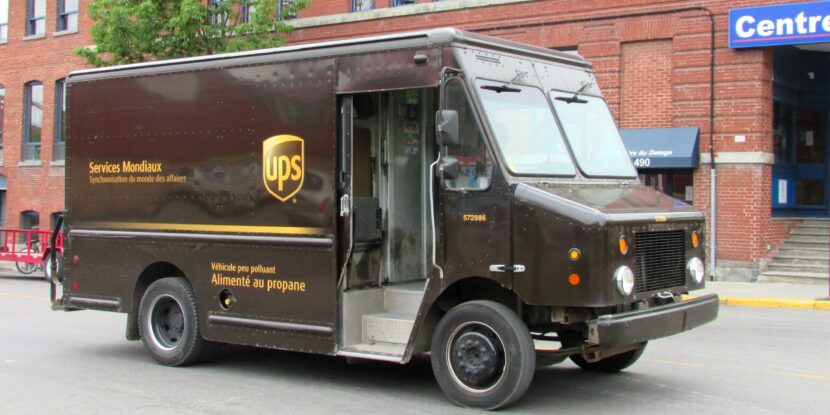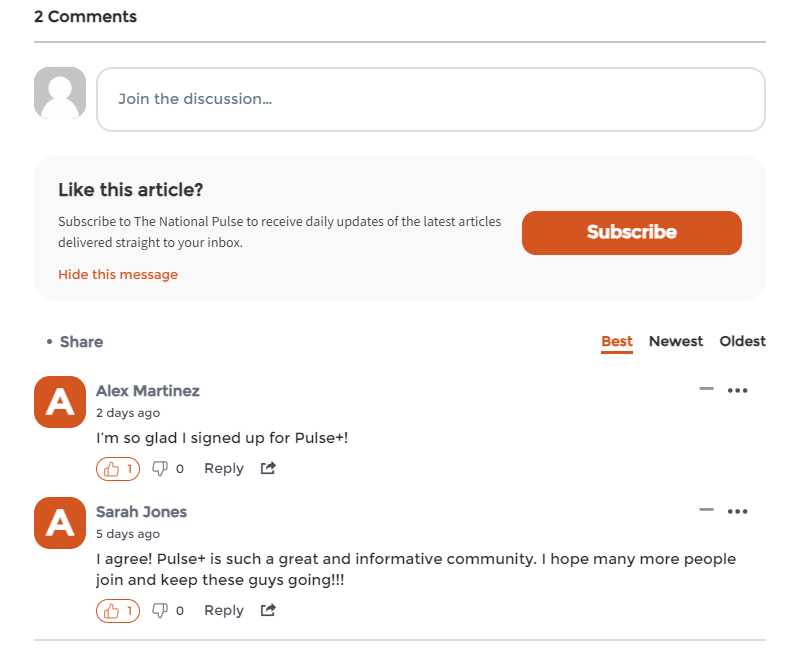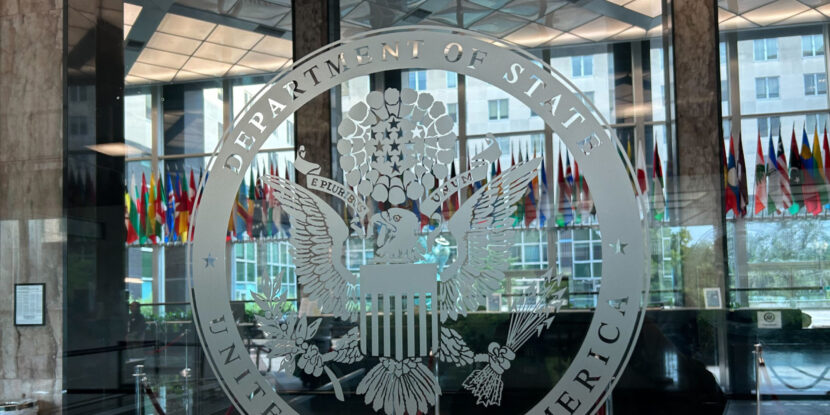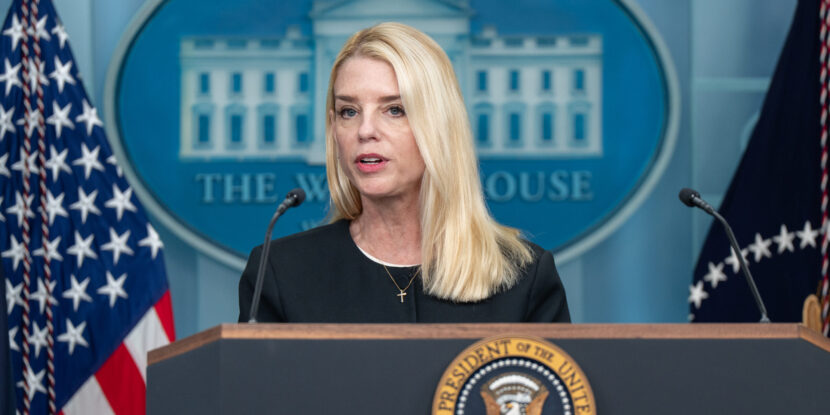PULSE POINTS:
❓What Happened: UPS announced plans to reduce its workforce by 20,000 jobs this year as part of a cost-reduction strategy related to decreased deliveries from Amazon.
👥 Who’s Involved: UPS, an international shipping company with about 490,000 employees, and its largest customer, Amazon.
📍 Where & When: The job cuts were disclosed on Tuesday, with an announcement regarding facility closures planned by June 2025.
💬 Key Quote: The company stated that the cuts are in “connection with our anticipation of lower volumes from our largest customer.”
⚠️ Impact: UPS’s plan involves job cuts and the closure of 73 buildings, affecting operations across its global network. The company’s shares saw a slight decrease in value during pre-market trading.
IN FULL:
UPS plans to cut 20,000 positions this year as part of a strategy to address lower delivery volumes from its major client, Amazon. The logistics giant, which employs approximately 490,000 people across more than 200 countries, announced the downsizing as a measure to consolidate its operations and reduce expenses. The decision was verified through a regulatory filing on Tuesday.
In addition to the workforce reduction, UPS will shutter 73 facilities by mid-2025. This structural change aligns with a previous agreement with Amazon to decrease delivery volumes by over half in late 2026. These developments underscore the significant impact of Amazon’s evolving logistics capabilities on UPS, reflecting broader trends affecting large shipping companies worldwide.
Despite the substantial operational adjustments, market responses showed minimal impact, with UPS shares dropping 0.6 percent before markets opened. However, such organizational changes could have deeper ramifications for the company’s financial health and employee base as they unfold.
The decision highlights ongoing challenges in the logistics sector, where companies must continuously adjust to shifting demands and partnerships. UPS taking measures to streamline its operations could signal further shifts by Amazon and other partners in sourcing and supply chain strategies. The coming months will reveal how such strategies affect UPS and its workforce on a broader scale.



















